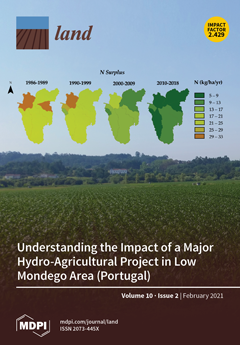Estimating the soil erosion cover-management factor at the European scale
Land use and management influence the magnitude of soil loss. Among the different soil erosion risk factors, the cover-management factor (C-factor) is the one that policy makers and farmers can most readily influence in order to help reduce soil loss rates. The present study proposes a methodology for estimating the C-factor in the European Union (EU), using pan-European datasets (such as CORINE Land Cover), biophysical attributes derived from remote sensing, and statistical data on agricultural crops and practices.


